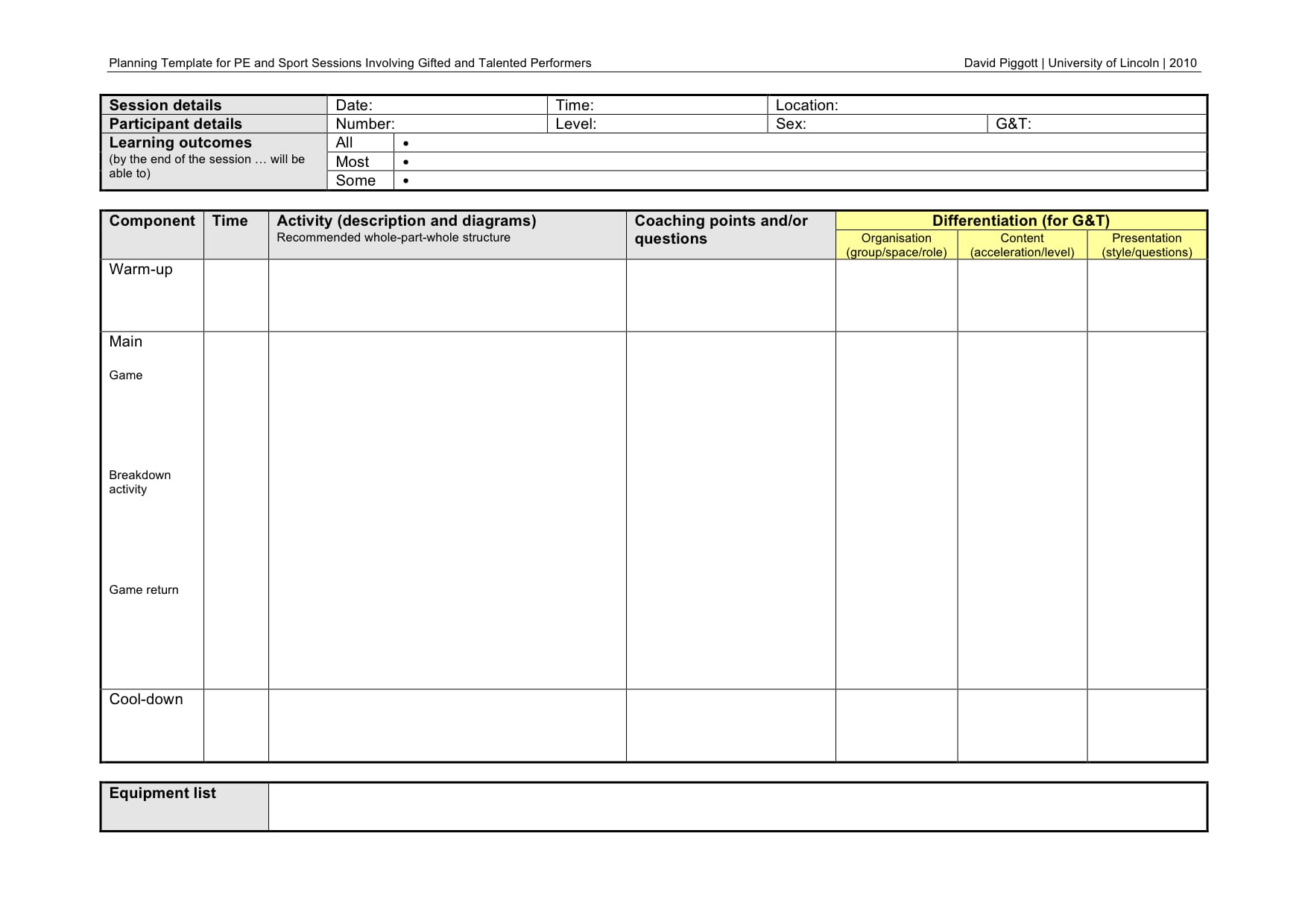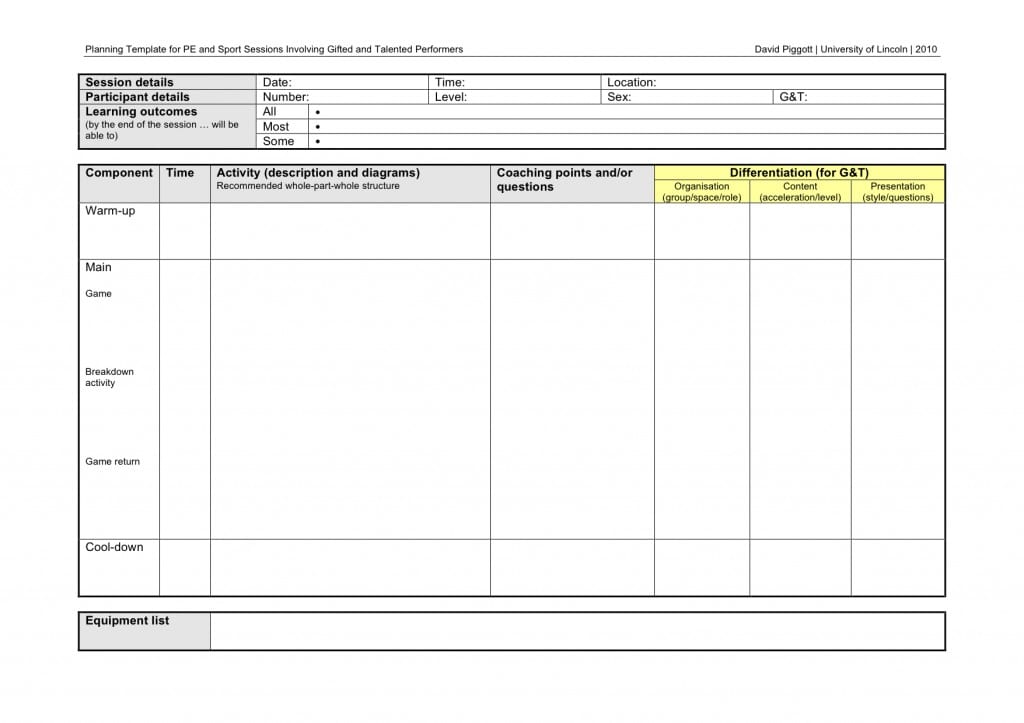It started as a gimmick to demonstrate to my first year basketball group how important planning is to effective coaching. But it turned into a bit of a horror show…
Knowing that my new basketballs had yet to be inflated, I deliberately showed up to my session with about 1 minute to spare and made a bit of a scene. Acting out dispair and embarrassment, I asked a couple of students to run off to reception to inflate a few balls, thinking it would set me back about 5 minutes. 23 minutes later, and having decided to start my warm-up without balls, the two – now heavily distressed – students reappeared with the balls and further disrupted my session. A series of additional (deliberate) planning mistakes were then made, which required me to stop the session on numerous occasions to get additional bibs, find a watch, and think of coaching points (that I hadn’t planned, of course).
This whole debacle, caused by a lack of planning, was, ironically, clearly planned. It carried the right message to the students and I think they all understood that the whole thing was a big act with a single simple point. What is odd is that, emotionally speaking, I came away from the session feeling terrible: like I do on the odd occasion where I have a nightmare session. This emotional state is often accompanied by a reflective temperament, and I started to think about how important planning is to the delivery of an effective coaching session. Here are my conclusions from this reflective episode…
1. Planning on paper helps clarify things in your head.
Even though I’ve been coaching fairly intensively and frequently for 15 years, I still plan every session on paper. Every session. Without fail. Said plans rarely make it our of my pocket, but it’s comforting to know it’s there. So, even for experienced coaches, planning is important to get your ideas straight about what you intend to do, what content to include, how long activities will last and what questions you want to ask. Just because you don’t explicitly use a plan, doesn’t mean the process of creating it wasn’t useful!
2. Planning against clear learning outcomes is a great place to start.
In this example, taken from a multi-skills session we did, our broad theme was ‘cognitive’ abilities. We wanted our activities to give the children opportunities to demonstrate cognitive abilities, which we noted specific examples of in the final column to the right (above). This is especially useful in a complex session where you want learners to meet a range of potential outcomes and to keep track of them whilst delivering activities. The main point here is that we had a fairly clear idea about what we wanted the children to be able to DO by the end of the session. This makes it much easier to create appropriate activities (or to steal them from Raising the Bar, in the example above).
3. Having a standard method of structuring a session plan is helpful and reminds you of important details.
I developed this template with some year 3 students a few years ago as we were exploring how to better cope with gifted and talented pupils in PE. Some of the research suggests that teachers rarely plan to differentiate within a session, especially to stretch the more talented performers. We thought we should add a whole section to the plan (the yellow columns, above) to prompt us to think about strategies for differentiation during every activity. This is now the template I use by default when delivering school-based sessions. If you show a teacher that you’re using something like this when planning your sessions they will be mightily impressed!


